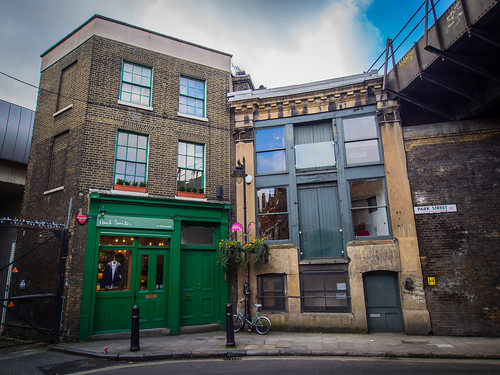
There seems to be a certain contempt for the UK electorate in the way that the Prime Minister is ducking the idea of a televised debate. He doesn't see it like that, of course, and is already spinning the blame to the broadcasters for not getting their act together.
The other parties are saying it's because he's scared, but I reckon it's all part of the stealthy strategy his back office is using in the election run up.
The idea of any form of scrutiny of policy in a format where the bulk of voters might actually pay attention needs to be avoided at all costs.
A televised series of debates could have topics like Health, Education, UK's place in the world (inc EU and immigration), Economy and cost of living, Welfare (inc housing and pensions), UK homeland defence (inc crime and defence), Workforce (inc tax and inequality).
Of course, my made-up working titles could be snazzed up for viewer appeal, and the whole thing has the makings of an interesting series. Seven Big topics. Seven shows? Or even three shows and a finale?
It's completely at odds with the seven or eight people standing format that Cameron would feel more comfortable with, in a two hour show. With 10 minutes of tops and tails, it would give each person maybe 10-12 minutes of main speaking time. Using a modest six topics, that's about two minutes per topic. Just enough to scratch a surface sound bite.
Fascinating that in these days of increased social media and accessibility, that the party in charge appears to want to hide behind a wall.
Cameron's advisors suspect that the party in charge doesn't do well from these shows and so its easier to torpedo them than to build something meaningful.

Instead, predictably this week we are getting news clips of politicians adjacent to babies after last week wearing hard hats.

Using current projections, the Tories could secretly expect 275 seats, with Labour around 271. That leaves both parties somewhat short of the needed 326 seats for a majority. If the others go 51 SNP & related, 27 Lib Dem and 26 others (inc Greens and UKIP), then it creates a quandary for a divided Parliament with the true balance of power held by the smaller blocks.
For Cameron, an early play of a seven or eight way way debate would illustrate the complexity of managing a non-majority House of Commons. The strategists can rub hands together as this gives more earnest sound bites.
Cameron also knowns he can probably side-step a group debate and still be assured of a personal prime spot where he can say what he likes.
Adding the two events together; confusion from a seven or eight way and then a clear line of earnestly delivered strategist-manufactured crowd-pleasing waffle.

The Tory campaign plan run by Lynton Crosby probably sees it as improving Cameron's chances. As most people become hacked off with the whole system, it could well become the battle of the cartoonish five word sound bites.
That'd be with Cameron in customary truth massage mode. Miliband still learning how to say five words without an Uh or forgetting one. The Greens need to up their horsepower for a broad agenda. UKIP is playing around with self-adapting phrases to suit locale. The Scots have a new Scottish cause-based coherence and Lib Dems have thrown away huge chunks of their supporters.
Cameron's puppeteers don't want to accidentally awaken a new class of voters. They could tip his crowd off to the side.
Popular television broadcasts, electronic voting and things that might disrupt the comfortable seats are all getting the silent treatment.





















